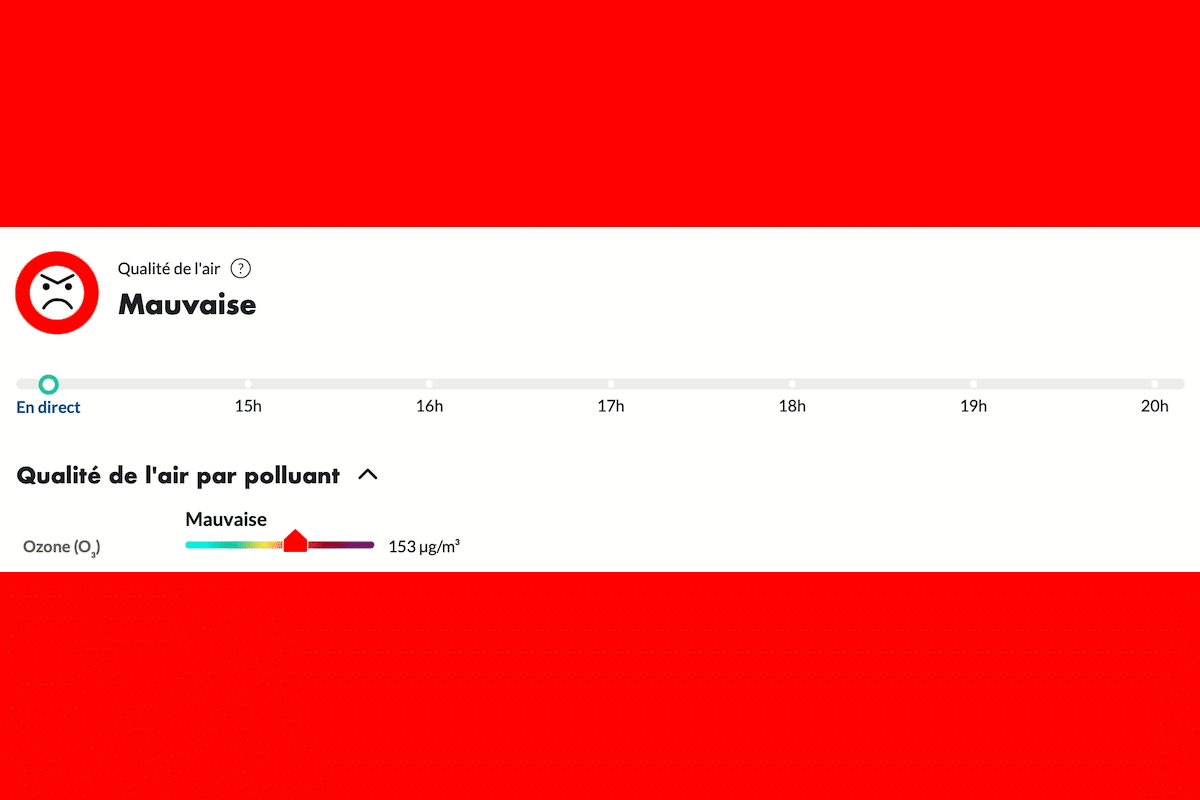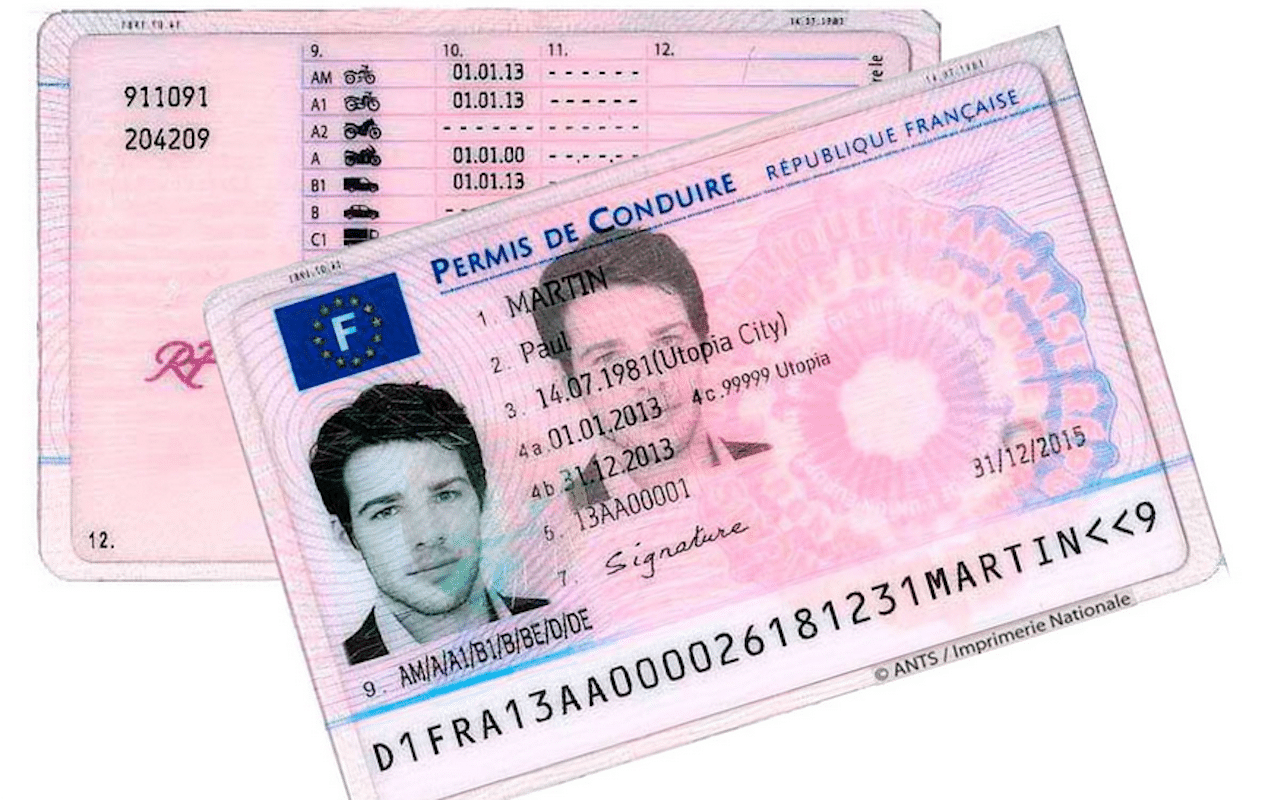Heatwave and Pollution Slow Down Île de France

Île-de-France is facing a double alert this week with intense heat and concerning ozone pollution.
In this explosive cocktail of heat and pollution, the Paris police prefecture has logically announced an enhancement of the emergency response starting Monday, June 30, 2025, with a series of restrictive measures aimed at limiting pollutant emissions in the region.
The most visible measure concerns traffic, with a reduction of the maximum speed limit by 20 km/h on major roads within the perimeter defined by the A86 (excluding the A86 itself). Thus, sections usually limited to 130 km/h drop to 110, those limited to 110 to 90, and those at 90 or 80 to 70 km/h. These reductions apply daily from 5:30 AM to midnight until the prefectural order is lifted. Heavy vehicles in transit with a GVW exceeding 3.5 tons must bypass the capital via the Francilienne ring road.
Beyond traffic, the prefecture urges the population to adopt responsible behavior. “It is recommended to limit, as much as possible, travel by car, to favor telecommuting, and, if necessary, to practice carpooling,” it states in its press release. The goal is to minimize pollutant emissions in an already saturated air.
Airparif, the air quality monitoring organization, forecasts for these three days an ozone concentration that could exceed the information-recommendation threshold set at 180 µg/m³. It was already nearing this limit on Monday at 14:00. This situation is favored by a persistent anticyclone, high temperatures, and constant sunshine, creating ideal conditions for ozone formation.
Other measures are also in effect: a ban on open-air burning of green waste, suspension of activities producing volatile organic compounds (such as paints, solvents, or thermal tools), and activation of specific instructions in classified industrial facilities.
With temperatures nearing 40 °C in the south and an imminent peak of pollution, the capital region is called to be vigilant. This 50th heatwave since 1947 reminds us of the climate emergency and the need for a collective response to extreme episodes.
READ ALSO: Heatwave: what impact on the autonomy of an electric car?
This page is translated from the original post "Canicule et Pollution mettent l’Île de France au ralenti" in French.
We also suggestthese articles:
Also read






